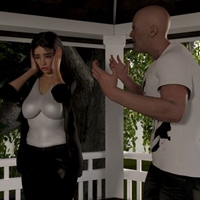Civ 7 Redefines What it Means to Be a Leader
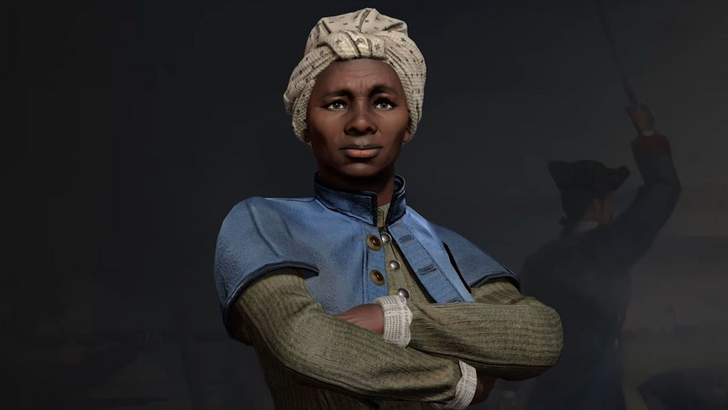
Civilization's leaders are as iconic as the civilizations themselves. Firaxis' approach to selecting national representatives has evolved significantly over the years. This article explores the evolution of Civilization VII's leader roster and how it redefines leadership in the series.
← Return to Sid Meier's Civilization VII main article
Civ VII: A New Era of Leadership

Since the first game, Civ leaders have been integral to the series' identity. Each leader embodies their civilization's character, making them as important as the civilization itself. However, the definition of "leader" and their impact on gameplay have continuously evolved across the series. This article traces that evolution, highlighting changes in each iteration and how Civ VII presents a unique approach to leadership.
This exploration delves into Civilization's history, examining the evolution of its leader roster, the changes in each iteration, and how Civilization VII redefines leadership with its distinctive selection.
Early Civ: A Focus on Global Powerhouses
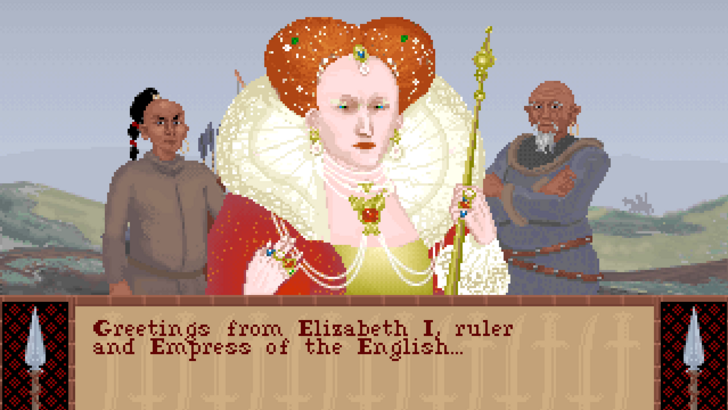
The original Civilization featured a relatively small roster compared to later installments. The focus was primarily on major global powers of the early 1990s and historical antiquity. Leader selection was straightforward—predominantly historical heads of state. The 15 civilizations included familiar names like America, Rome, Greece, and China. Leaders were widely recognized figures, such as Abraham Lincoln, Tokugawa Ieyasu, and Julius Caesar. While there were exceptions, the approach was direct and largely consistent with the historical record. Elizabeth I was notably the sole female leader in this initial lineup.

This simple, almost textbook, approach reflects the context of Civilization's release. However, subsequent iterations introduced significant innovations.
Civ II - V: Expanding the Definition of Leadership
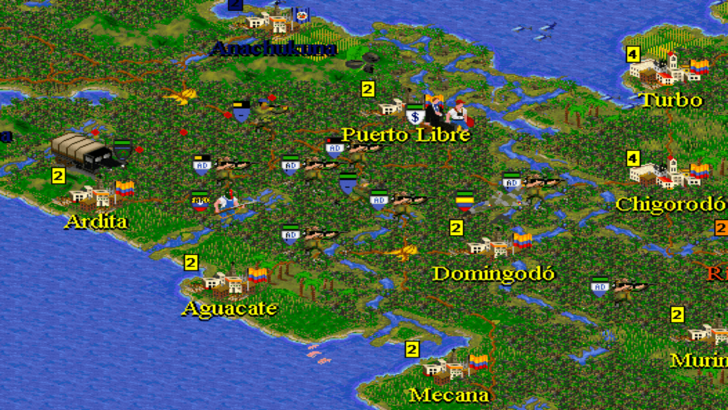
Civilization II expanded both the roster and the range of civilizations. Lesser-known powers were introduced alongside established superpowers. Importantly, Civ II introduced a separate female leader roster, offering both male and female options for each civilization. The definition of "leader" broadened to include influential figures beyond heads of state. Sacagawea for the Sioux and Amaterasu for Japan exemplify this shift.
Civ III integrated female leaders directly into the main roster, featuring six in total. Some replaced historically prominent male leaders, such as Joan of Arc replacing Napoleon for France.
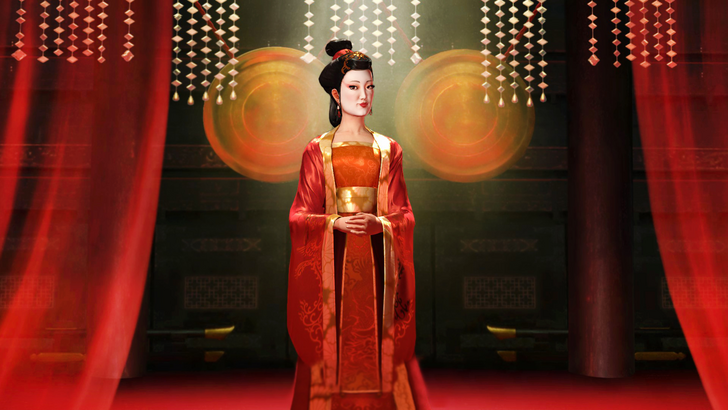
Civ IV and Civ V further expanded the roster and the concept of leadership. Leaders were no longer limited to heads of state; revolutionaries, generals, and reformers became common. Major civilizations often had multiple leader options. Wu Zetian replaced Mao Zedong for China, and both Victoria I and Elizabeth I represented England. The focus shifted from solely powerful figures to a broader representation of humanity.
Civ VI: Characterization and Creativity Take Center Stage
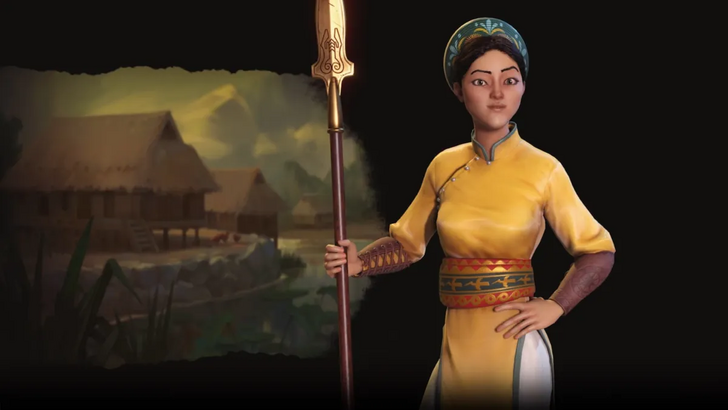
Civilization VI significantly enhanced characterization, diversity, and creativity. Leaders were depicted as stylized animated caricatures. The introduction of Leader Personas—alternative versions of the same leader with distinct playstyles—added another layer of complexity. Lesser-known historical figures from less prominent civilizations were included, such as Lautaro of the Mapuche and Bà Triệu of Vietnam.
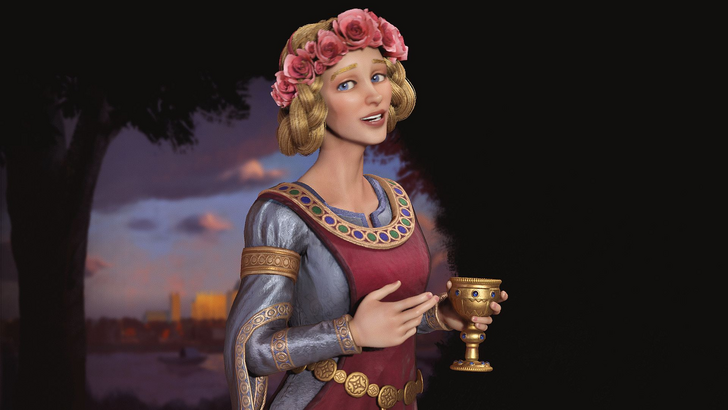
Leader Personas further diversified the roster, offering varied playstyles for familiar leaders. The concept of leaders representing different chapters of their lives or leading multiple civilizations (e.g., Eleanor of Aquitaine, Kublai Khan) emerged.
Civ VII: A Bold New Approach
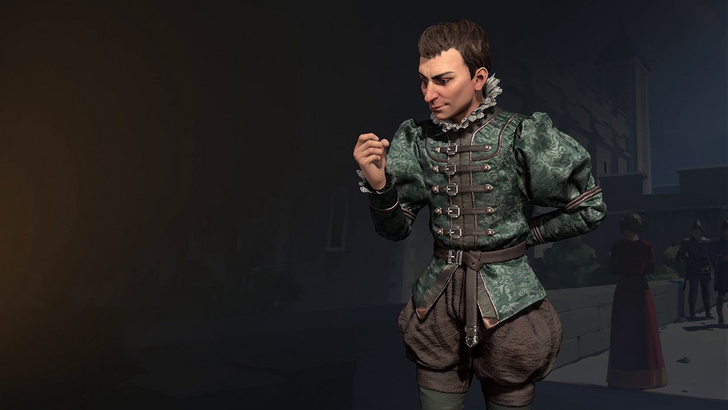
Civilization VII represents the culmination of this evolution. It features the most diverse and creative roster yet, with unconventional leaders, multiple personas, and carefully curated selections tailored to specific playstyles. The mix-and-match approach to civilizations and leaders allows even lesser-known figures to take center stage. Harriet Tubman, the American abolitionist, is a notable example.
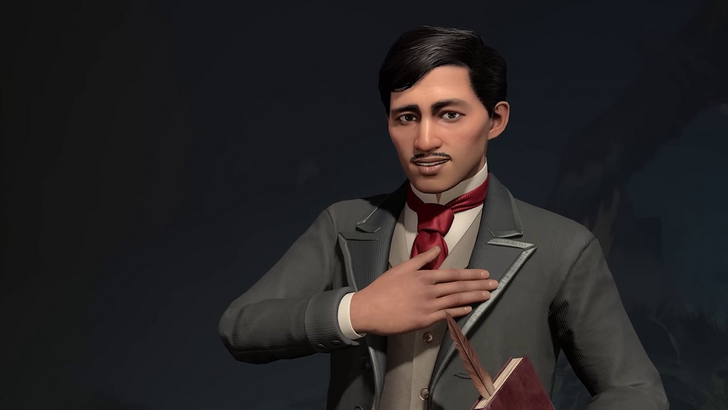
Other notable additions include Niccolò Machiavelli and José Rizal, highlighting a shift towards diverse representations and playstyles.
Over nearly 30 years, Civilization's focus has broadened from powerful figures to a diverse tapestry of influential individuals, reflecting a richer and more nuanced understanding of human history.
← Return to Sid Meier's Civilization VII main article
Sid Meier's Civilization VII Similar Games

-
1

GTA 6 Set for Fall 2025 Release, CEO Confirms
Apr 03,2025
-
2

First ALGS in Asia Emerges in Japan
Jan 19,2025
-
3
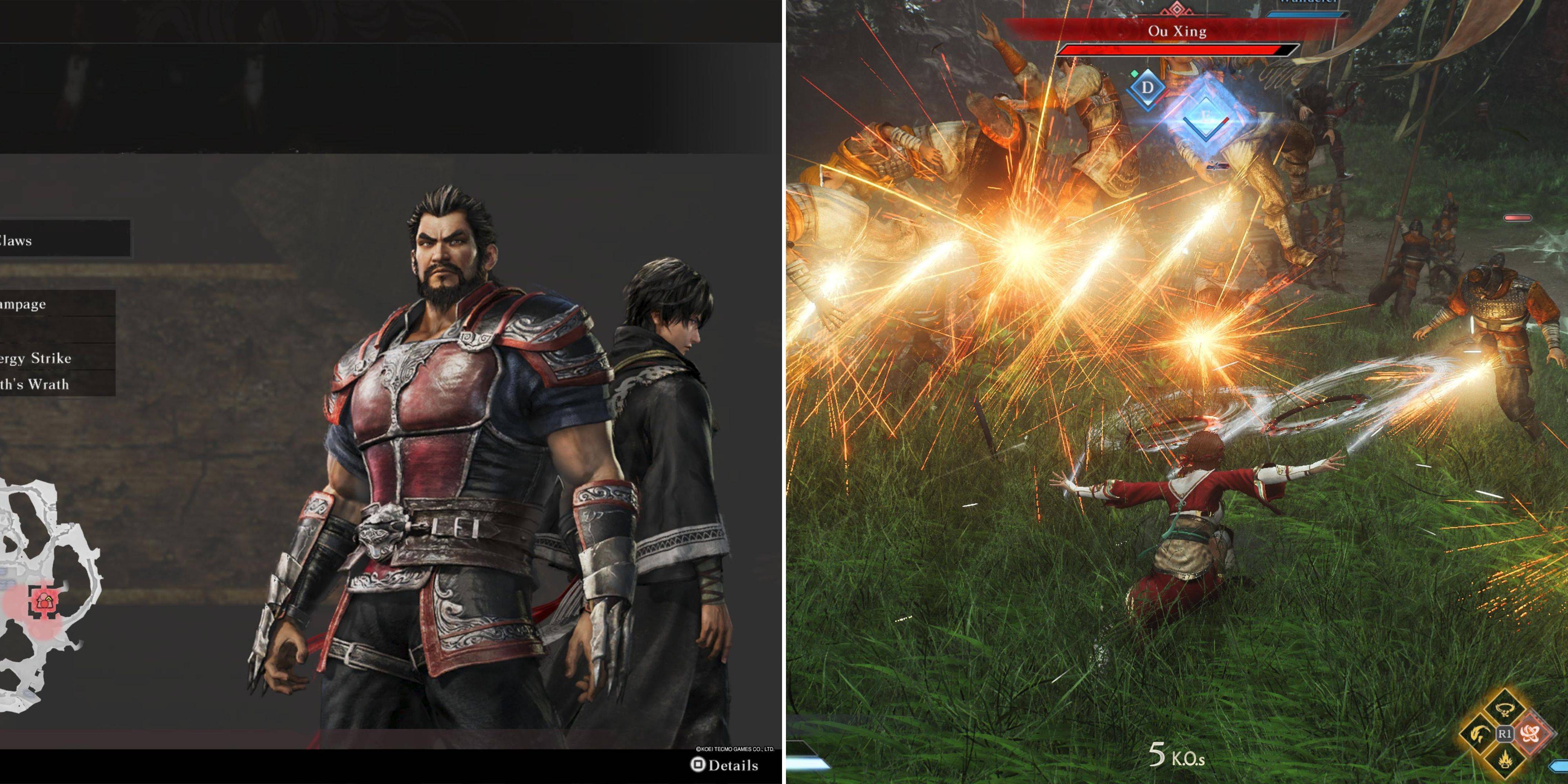
Introducing the Ultimate Guide to Seamless Character Swapping in Dynasty Warriors: Origins
Feb 25,2025
-
4

Roblox: CrossBlox Codes (January 2025)
Mar 04,2025
-
5
![Roblox Forsaken Characters Tier List [UPDATED] (2025)](https://img.jdzca.com/uploads/18/17380116246797f3e8a8a39.jpg)
Roblox Forsaken Characters Tier List [UPDATED] (2025)
Mar 05,2025
-
6
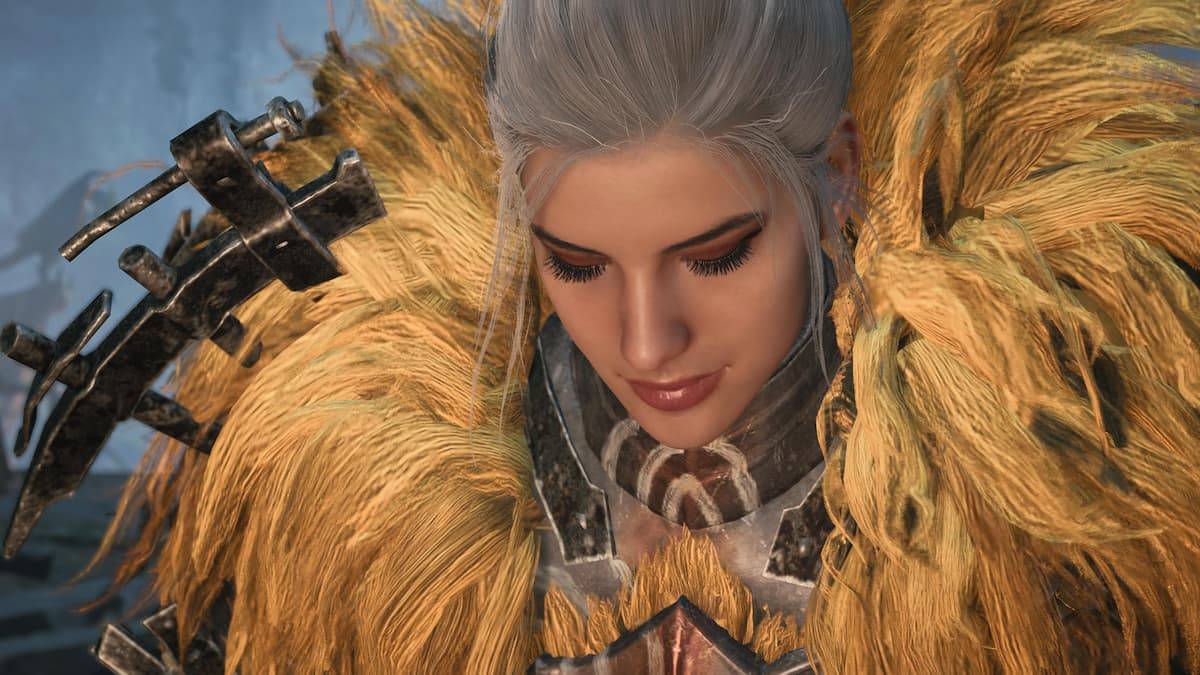
Max Hunter Rank in Monster Hunter Wilds: Tips to Increase
Apr 04,2025
-
7

Cute mobs in Minecraft: pink pigs and why they are needed
Mar 06,2025
-
8

Capcom Spotlight Feb 2025 Showcases Monster Hunter Wilds, Onimusha and More
Apr 01,2025
-
9
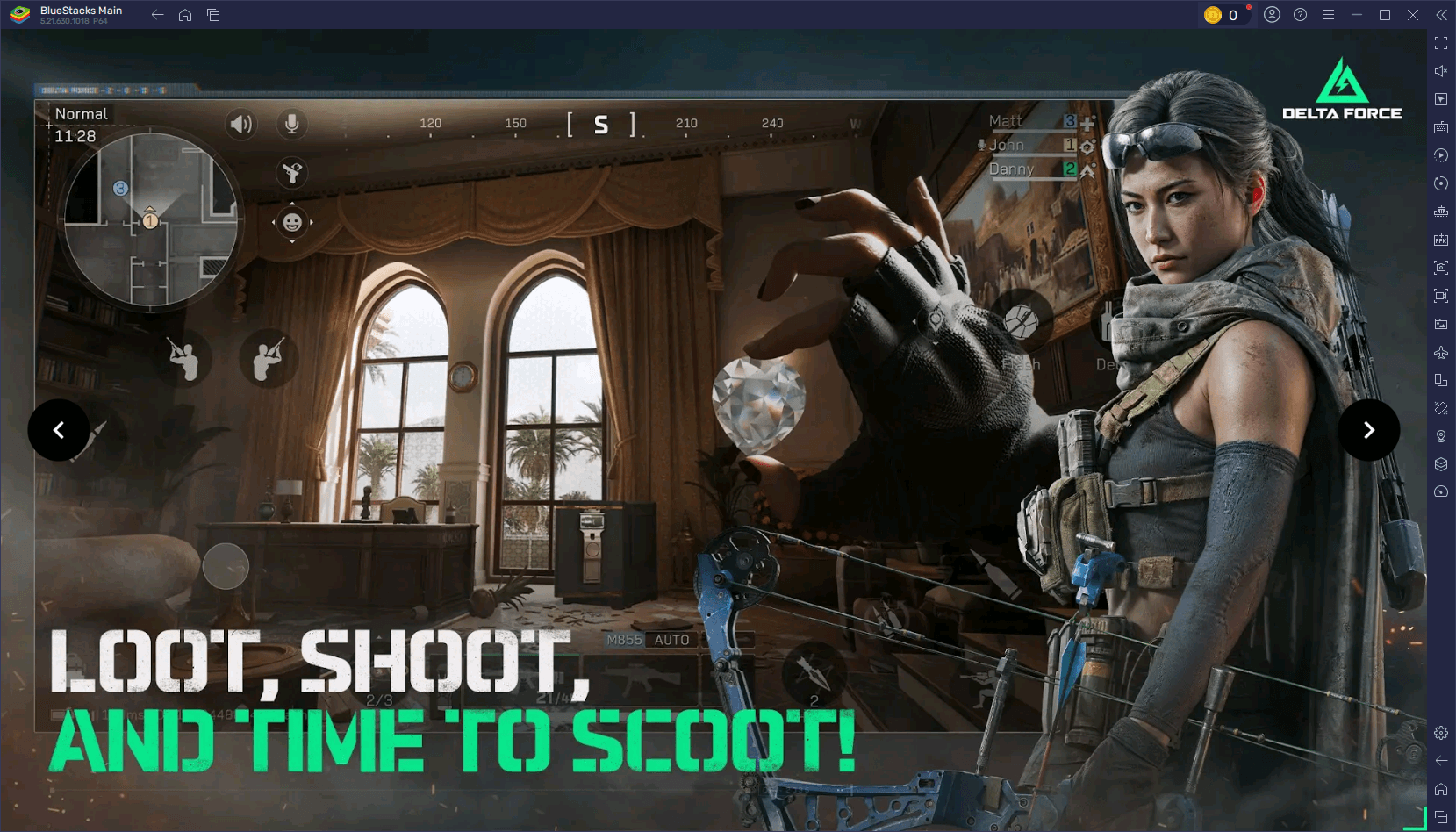
Delta Force Mobile: Beginner's Guide to Getting Started
Apr 23,2025
-
10
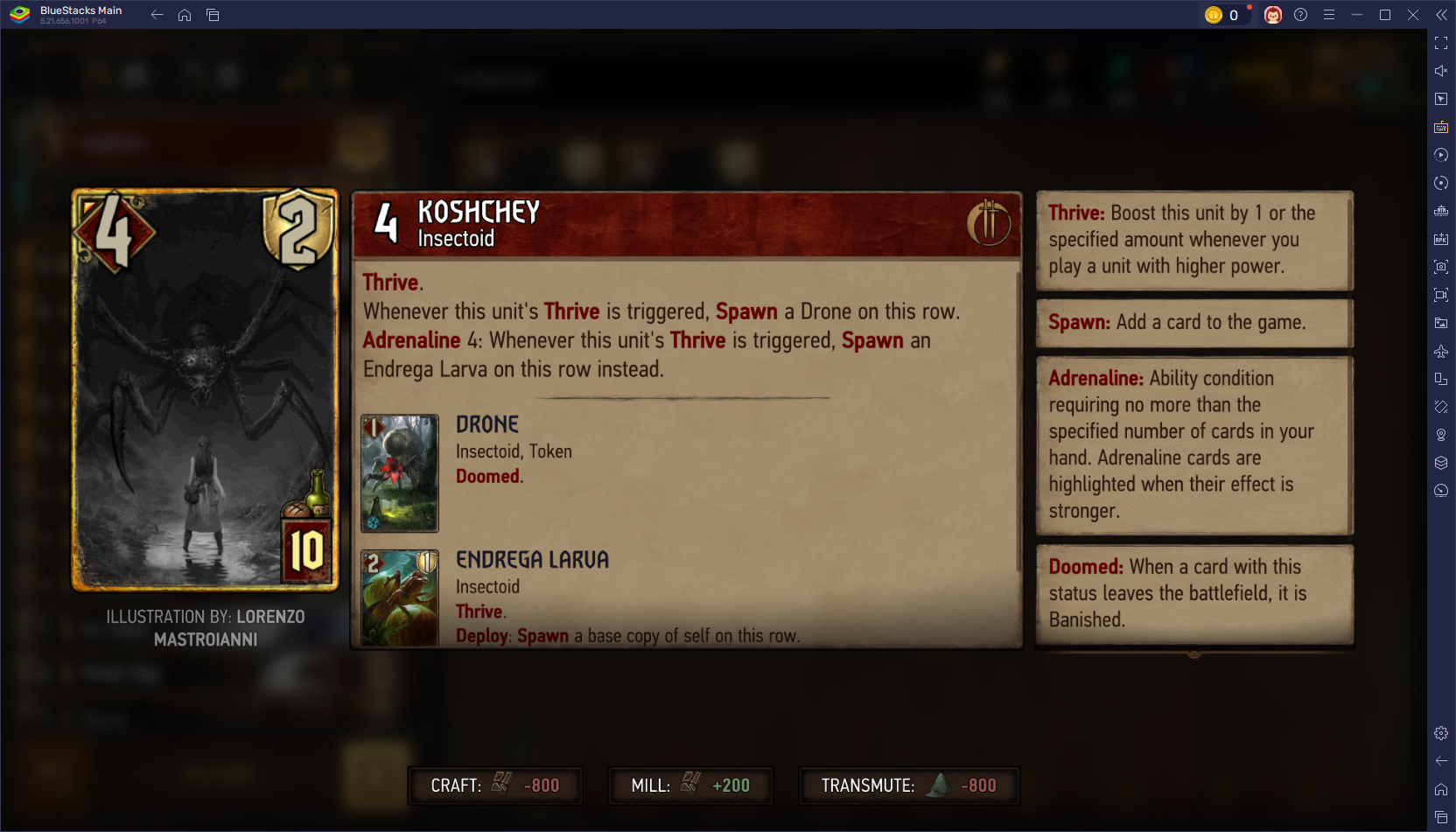
Gwent: Top 5 Witcher Decks (2025 Update)
Mar 13,2025
-
Download

Portrait Sketch
Photography / 37.12M
Update: Dec 17,2024
-
Download

Friendship with Benefits
Casual / 150.32M
Update: Dec 13,2024
-
Download
![[NSFW 18+] Sissy Trainer](https://img.jdzca.com/uploads/16/1719638919667f9b874d57e.png)
[NSFW 18+] Sissy Trainer
Casual / 36.00M
Update: Dec 11,2024
-
4
F.I.L.F. 2
-
5
슬롯 마카오 카지노 - 정말 재미나는 리얼 슬롯머신
-
6
Pocket Touch Simulation! for
-
7
Shuffles by Pinterest
-
8
Life with a College Girl
-
9
Chubby Story [v1.4.2] (Localizations)
-
10
Hunter Akuna








